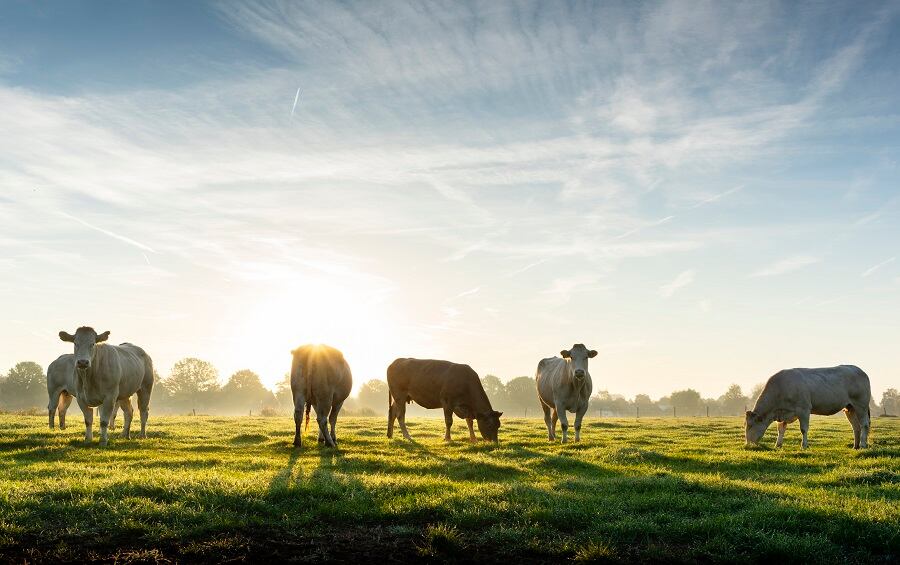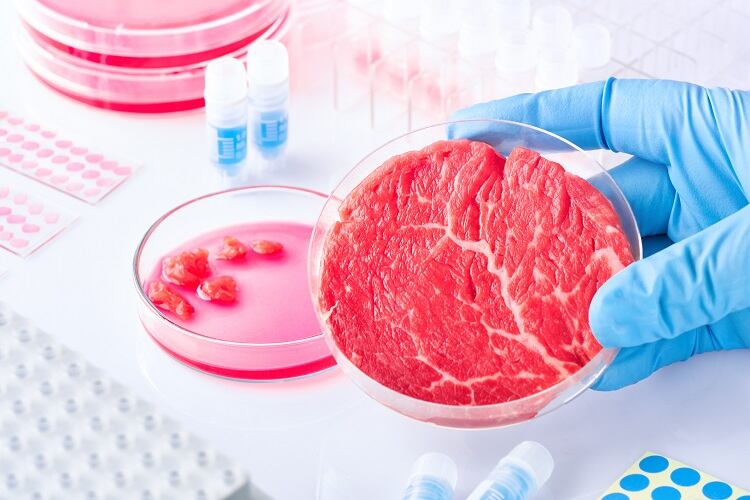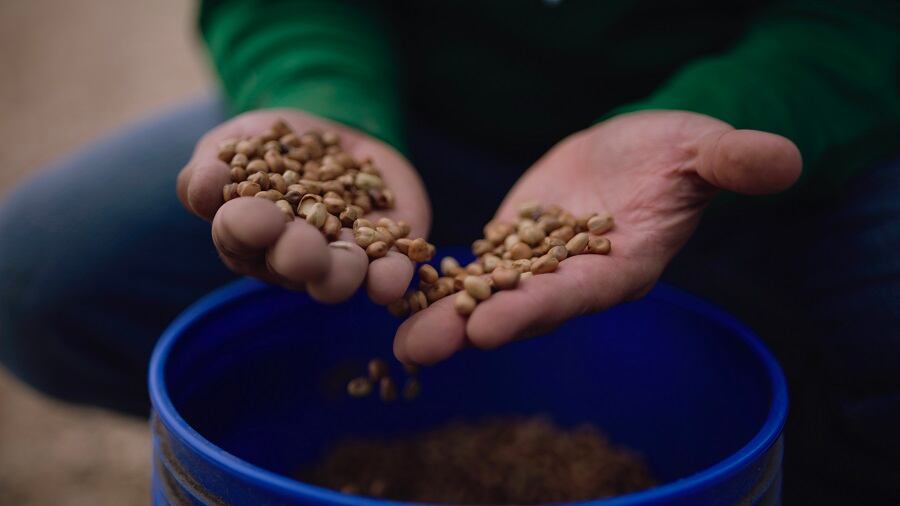The cultivated meat company had its first commercial sales of Plenty, a proprietary and ethical replacement for FBS, that is “equally effective but available for a fraction of the cost,” according to the company’s press release.
Plenty, Khademhosseini explained, is obtained weekly from cows “in a plasma collection process,” resulting in approximately 10 liters of plasma from a single cow.
“These 10 liters of plasma are…as potent as FBS. So instead of having to slaughter many fetuses and their mothers to be able to get the equivalent amount of FBS, we can get that much from a cow in a week without having to slaughter it,” he added.
Further, the maintenance required for factory cows is between $500-$1,000 annually, and with plasma collection, Khademhosseini maintained that these figures will reduce significantly to “a few hundred dollars a year for 500 liters of Plenty.”
“From a single cow, you can get many cows’ worth of meat every year by taking Plenty and being able to grow cells from it. So, that reduces the number of cows needed to basically feed the planet by somewhere over 95%,” he continued.
By reducing the number of cows needed, Khademhosseini added that it will reduce feedlots and allow for farms to practice rotational grazing.
Omeat’s farm has more than 70 cows, which is equivalent to 35,000 liters of Plenty, Khademhosseini said. While FBS’ industry is worth billions, he said that Plenty can “eliminate the need for FBS in the US and globally.”
“With the 70 cows, we can [obtain] this much Plenty. Imagine what you can do with 7000 cows,” he added.
While FBS contributed to the cell-culture process and technique in the food industry, Khademhosseini maintained that Plenty as a viable FBS replacement for a variety of different fields serves as “an enabling tool for cellular agriculture as a whole because it allows us to eliminate water, address environmental issues of animal agriculture and bring down the prices and allow for scale, which is what is challenging the whole field.”
Plenty is not only applicable to beef, he emphasized, “but everything else, chicken, lamb and fish…leather and milk.”
With the launch of Plenty, Khademhosseini intends to partner with other companies to build the industry—which is challenged with the same cost and scalability challenges—explaining that given the size of the market, “no individual company can make a dent in it.”
“We are hoping this launch will allow us to partner up with other cellular agriculture companies and enable different types of products,” he said.
Establishing nomenclature around cultivated meat
While science continues to evolve in developing ethical and sustainable cultivated meat, the challenge lies in translating the ingredients and process to stakeholders and the public, and ultimately avoiding the risk of stigmatization (i.e. “processed food,” “synthetic molecules,” etc.)
A Good Food Institute survey found that consumers are more likely to understand emerging food categories if they are presented with clear and consistent terminology, including differentiation between existing products (i.e. cultivated meat and animal meat), descriptiveness, brevity, unbiased appeal and accuracy.
The difference between cultivated meat and cell-cultured meat, for example, “were similarly effective at differentiating from conventionally produced meat”, while cultivated meat is considered the most accurate and descriptive for its brevity.
According to Good Food Institute-commissioned research, 45% of survey respondents support cultivated meat when it is explained to them. The study also found 65% of respondents cite curiosity and novelty as a reason for trying cultivated meat, and 51% cite both environmental and animal welfare; while 23% cite health reasons; all highlighting opportunities for cultivated meat brands to educate consumers transparently.
Similarly, Khademhosseini emphasized the role of communicating Omeat’s methods and processes during its early stages.
“I think what we really need to emphasize is Omeat only takes the cells from the cow that produce molecules that allow these cells to grow directly from the cows. We eliminate the slaughter and the environmental safety and security aspects that come with raising livestock for slaughter,” he explained.




